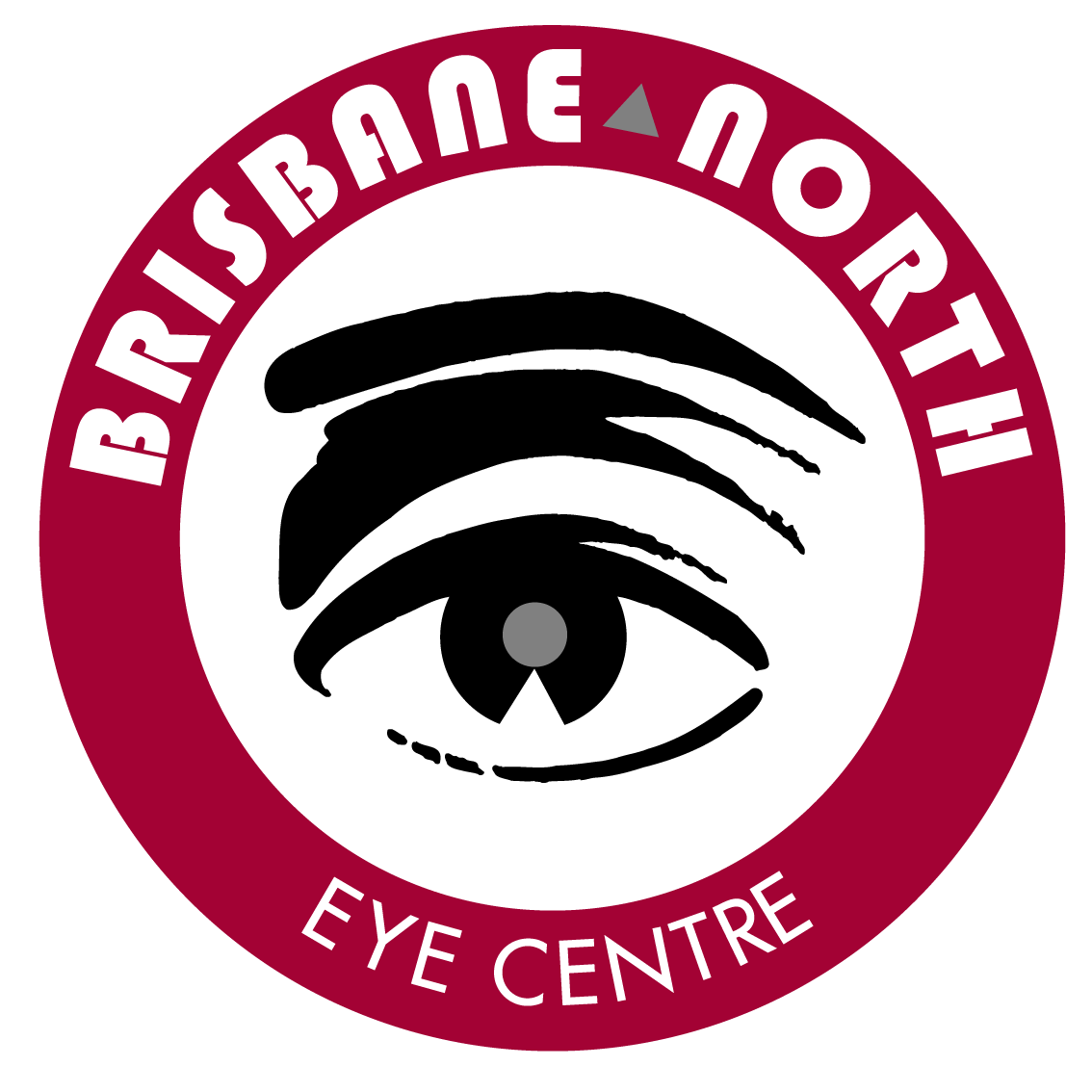Cataract
A cataract is a clouding, yellowing or discoloration of the natural lens inside the eye. This cloudiness becomes progressively worse and eventually affects the quality of vision and life. The only treatment for cataract is surgery.

Examples of common symptoms include reduced vision, glare sensitivity and a sense of just not seeing clearly. It can often be compared to looking through a dirty windscreen. Cataracts are a normal part of the aging process and by the age of 60, half of all people will have some cataract formation, although it may be minor and not noticeable.
Other causes of cataract include medical conditions such as diabetes, injury to the eye, other chronic eye diseases and, rarely, some people are born with cataracts. The rate of development of cataract varies, but it is usually a gradual process.
Treatment of cataract involves surgery. It is a successful procedure in 98% of cases and is now one of the most performed procedures in the world. The risks of the surgery will be discussed with your Ophthalmologist but they include infection, retinal detachment and swelling to the retina.
How is the procedure performed?
Cataract surgery is performed with sedation and local anaesthetic as a day procedure. The natural lens in your eye is removed and a new clear artificial lens (IOL) will be inserted to replace the cloudy natural lens. The procedure should take approximately 20 minutes. The surgery is not simple but is routine for an experienced ophthalmologist.
The intraocular lenses are made of an acrylic material and will not wear out. Generally no stitches are required during the procedure.
A short video below explains the essential steps in cataract surgery.
How is the artificial lens determined?
The appropriate strength of the intraocular lens is determined pre-operatively by a series of precise measurements on the day of your consultation with your ophthalmologist. The intraocular lens can be customised to your needs so that it incorporates your glasses script. The lens can correct astigmatism, myopia (near sightedness), and hyperopia (far sightedness). At the time of consultation, the best focus for your needs is discussed. Individual circumstances and how happy you are to continue to rely on glasses is taken into account.
Unlike the natural lens inside your eye, the artificial lens is not able to change its focus. The focus will be set either in the distance, up close, or in some cases both at the same time.
The options for the lens are explained below.
1. Clear distance vision – both eyes
- Glasses will be required for computer or close work.
- Distance glasses may still be required to get slightly better vision. However, the prescription will be weaker than prior to cataract surgery.
- This is the most common option.
2. Clear distance vision – both eyes (with an enhanced lens in one eye for near vision)
- If your ophthalmologist feels that this is an option for you, it will be offered.
- Your dominant eye would be given clear distance vision.
- Your non-dominant eye would be given the enhanced lens offering distance and near vision.
- Reading glasses would be necessary for prolonged or visually demanding tasks. Shopping and reading when out and about can usually be undertaken without glasses.
- Occasionally, when night driving, glare can be an issue.
- This enhanced lens is more expensive than a standard lens. Patients are advised to check with their health insurance providers to ensure that cover is provided for the lens.
3. Multifocal lens
- For people who are highly motivated not to wear glasses at all.
- When night driving, glare and haloes around lights may be an issue.
- This enhanced lens is more expensive than a standard lens.
The goal of cataract surgery is to replace the cloudy natural focusing lens with a clear intraocular implant. The goal is not to eliminate glasses or contact lenses altogether. Standard intraocular lens implants can only be selected in 0.50 dioptre steps, hence, after cataract surgery, mild/weak glasses may still be required to give you the best possible general and reading vision.
It is important to discuss your options with your optometrist and surgeon to ensure that we meet your expectations with your surgical outcome.
What to expect post-operatively
Most patients notice a dramatic improvement to their vision within 24-48 hours of their surgery but there may be further improvement over several months to achieve maximum vision. The eye may be mildly gritty. You are required to use eye drops for approximately one month following surgery and have checkups at one day and 2-4 weeks post-surgery. Strenuous activities should be avoided for at least one week. Swimming, diving and other water sports can be resumed within one month. Contact sports should only be resumed following discussion with the surgeon. If you work outdoors in the dirt/dust or are an avid gardener, it is best to avoid these activities for at least one week. Cataracts do not grow back but in approx 10% of cases at thickening can occur on the capsule which may require some laser to improve the vision.
Improvement to visual potential
Cataract surgery can only help to improve vision that has been limited by the cataract. If a patient has other underlying problems, for example diabetic retinopathy or macular degeneration, cataract surgery may not yield improvement. Your doctor will be able to discuss the individual benefits of surgery with you.
Pregnancy and Breastfeeding
It is important to inform your doctor if you are pregnant or breastfeeding as the topical medications used postoperatively can potentially be harmful to the foetus or baby. This may require delaying surgery until breastfeeding is finished.
Previous Lasik and/or refractive surgery
On your initial consultation please advise your ophthalmologist of any previous surgery. This can be a contributing factor when choosing the correct lens.
